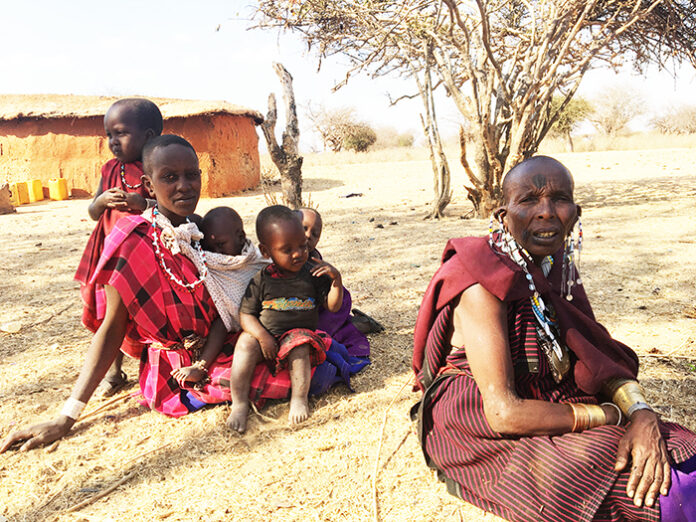BY MELANIE FURMAN
SPECIAL TO THE DRIFTWOOD
My 13-year-old son and I recently returned from a month long vacation from Tanzania. We were mostly on the tropical Island of Zanzibar, enjoying the white sand beaches, warm Indian ocean and rich food from the melting pot of Muslim, Indian and Indigenous cuisine.
But It didn’t take me long to notice a change from the last time I visited Zanzibar 15 years ago while working for a local NGO in Zimbabwe. There is now an enormous population of the semi-nomadic cattle-herding Maasai peoples living here. I befriended a few of the young men who graciously and generously welcomed my many questions about why they are here now, and how their lives have changed in the past few years.
The more time I spent with my new Maasai friends I began to notice a trend in their answers.
“I left school in Grade 4 because it was too far to run. I would be late so my teacher would beat me. I told my parents that I would rather be herding cows than being beaten,” Ole said.
I heard the same story from Matema and Moy. It turns out most of the young men between the ages of 24 and 28 had similar experiences. Things have changed for the Maasai people in a very short time, and they are feeling the effects of this big change in their nomadic, pastoralist way of life. Climate catastrophe, encroaching maize farms, and land displacement due to game parks and sport hunting. These are the big three impacts that are changing the lifestyle and sustainability of this ancient culture and people. Because of this, the Maasai cannot have as many cattle as their parents and since the cattle are not only their way of life culturally, they are also their main economy. There isn’t enough water or land to sustain them. These young men are supporting their families by uprooting themselves to go and make a small scrap of money off the tourist industry to offset the lack of cattle they would normally sell to bring in income.
Adam, who has been coming to Zanzibar since 2018, says he makes $100 USD a month as an overnight security guard for a bar. He stays awake from 8 p.m. to 8 alml every night. He sends this money home to pay for his niece’s school bus fees. When he doesn’t have enough to send home for school bus fees, she walks (or runs) one and a half hours to school and then back again five days a week. This is the only way she can get an education. He knows this and feels proud to sacrifice his life and time away from home so she and their family can survive in this new world. He is putting his hope in her that she can get a better job than him. It’s this pride and loyalty that I noticed in all the Maasai men I met. Adam said that at age 15 they start their rights of passage into adulthood, and one of the main pillars of the teachings is to protect and care for your people.
Ole invited my son and I to his family boma, and he told me I would be the first white person to visit. We took him up on his generous offer and headed out from Zanzibar to mainland Tanzania.
It was a long journey: 14 hours from Dar es Salaam to Kimana by taxi, bus, dala dala and, lastly, a 45-minute walk under the clearest darkest, starriest sky I have even seen. No electricity for kilometres will do this.
We were welcomed into the family’s guest hut made of mud and sticks. There was a raised bed made of cowhide. It is the typical home of the Maasai and the architecture was stunning both in its beauty and its engineering, due to the use of natural materials that created zero waste.
The next morning I understood the heavy impact of drought and climate catastrophe first hand. After being taken over by the beauty of the people, complex culture and lifestyle, and now witnessing the fragility of all of it, I got to see the burden these young Maasai warriors are willfully taking on for the survival of their people. I now understood why they are having to pivot from living with their land and family and relying on their cattle as economy, to resourcing the tourist industry in order to bring in any money they can.
I asked what the most useful resource is for their way of life to continue. The resounding answer is water. I soon learned of a few organizations that implement wells of various types, depending on how much and where the water in the ground is, and am now fundraising $8,000 to sink a well in Kimana.
With every donation of $50 or more, a gift of Zanzibarian spice will be brought to you from the Spice Island of Africa. If you would like to contribute, please check out our www.culturalivefoods.com/spice/ website. E-transfers and PayPal are set up for donations.


Very cool ! Thank you so much, Melanie, & all who contribute!